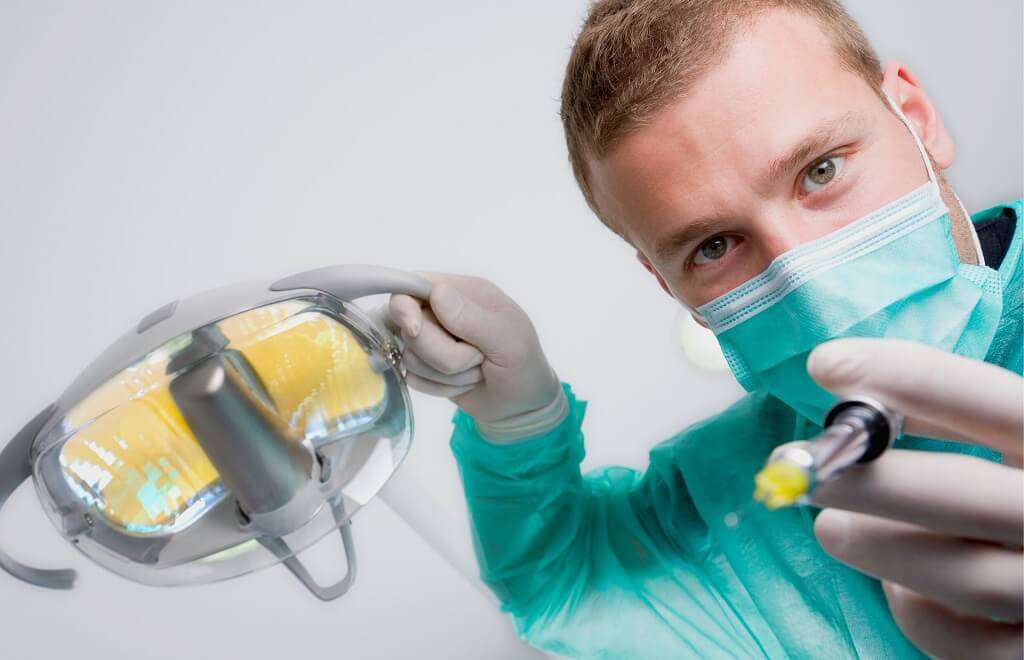Wisdom teeth, those troublesome molars that love to cause pain and discomfort, can often require extraction to prevent further problems. While the thought of undergoing a wisdom tooth extraction can be nerve-wracking, the good news is that there are various options when it comes to anaesthesia. Don’t worry, we are here to help you understand the different types of anaesthesia available so you can make your wisdom tooth extraction experience as comfortable and pain-free as possible. Who knows, you might even crack a smile during the procedure (okay, maybe not literally).
Local Anaesthesia
Local anesthesia is a popular choice for wisdom tooth extractions because it numbs the area around the tooth to prevent pain. The dentist delivers the anesthesia through a needle placed near the tooth. The numbing effect lasts for several hours after the procedure. This type of anesthesia is safe, effective, and well-tolerated by most patients. It’s perfect for those who are anxious about the procedure and want to remain conscious during the extraction, just in case they want to offer encouragement to their wisdom tooth.
General Anaesthesia
General anaesthesia is the solution for those who want to catch some z’s during their wisdom tooth extraction procedure. This type of anaesthesia is perfect for more complex extractions, such as the extraction of impacted wisdom teeth. General anaesthesia is administered through an IV line, and the patient remains unconscious during the procedure.
General anesthesia is a safe and effective way to manage pain during the manipulation. It is often preferred by patients who have an intense fear of dental procedures or have difficulty remaining still during the tooth extraction. And for those who want to take a quick nap during the procedure, this option is perfect! However, you should note that general anesthesia carries a small risk of severe side effects, such as breathing problems and allergies.
Conscious Sedation
Conscious sedation is a type of anesthesia that allows the patient to remain conscious during the tooth extraction. But relax and have a reduced level of awareness. This type of anesthesia is preferable for patients who are anxious about the procedure but do not want to be asleep. Conscious sedation is usually administered through an IV line. The patient remains awake, but may not remember much about the procedure afterward.
Conscious sedation is a safe and effective way to manage pain during the manipulation. Patients who want to remain responsive, but still want to be relaxed prefer it. And for those who want to enjoy a relaxing spa day while getting their wisdom tooth removed, this is the option for you! However, conscious sedation can also cause side effects, such as drowsiness and nausea.
In conclusion, the best types of anaesthesia for you will depend on your individual needs and preferences. It is crucial to discuss your options with your dentist. Make an informed decision based on your personal health history and the complexity of the procedure. Regardless of the type of anesthesia you choose, it is imperative to follow all of your dentist’s instructions. To ensure a safe and successful procedure. And, most significantly, don’t forget to give your wisdom tooth a farewell kiss before it’s extracted!
